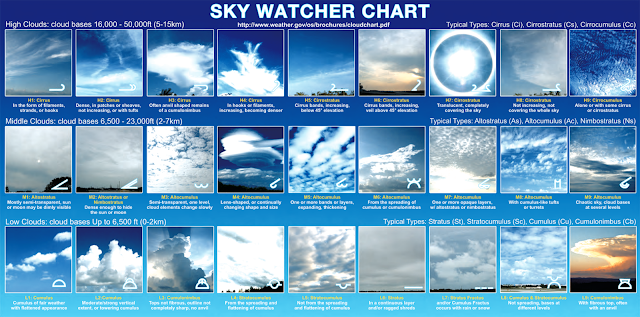Wait! ... What?!?
Yep... scientists researching the ecology of scavengers (in other words> studying how animals that feed on dead animal or plant matter interact with each other and their environments) during winter in the Great Basin Desert, Utah, staked out 7 calf carcasses (each with an associated trap camera) and got an unexpected result...
Badgers!
Scientific researchers in Great Basin Desert, Utah, caught American badgers (on trap cameras) caching cows.
While badgers are known scavengers, the researchers hadn't planned on studying any mustelids, including badgers.
Badgers are hard to study since they are generally active underground or are nocturnal (out and about at night), so their behaviors aren't well-known. Last winter (January, 2016) the researchers caught two badgers (images, not the badgers themselves! ; ) caching two of the staked out carcasses. This is the first evidence of a badger caching / burying an animal larger than itself.
Here is a video (from a trap camera) of one of those badgers caching /burying it's find for later:
updating soon...
The original video is on YouTube!
For the research article:
.
Subterranean caching of domestic cow (Bos taurus) carcasses by American badgers (Taxidea taxus) in the Great Basin Desert, Utah














